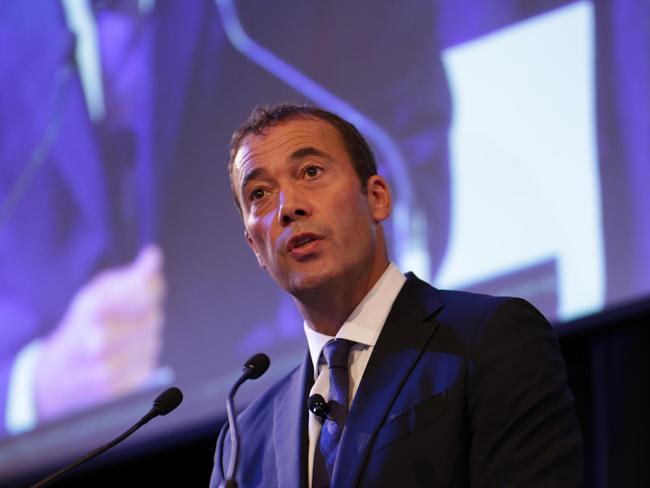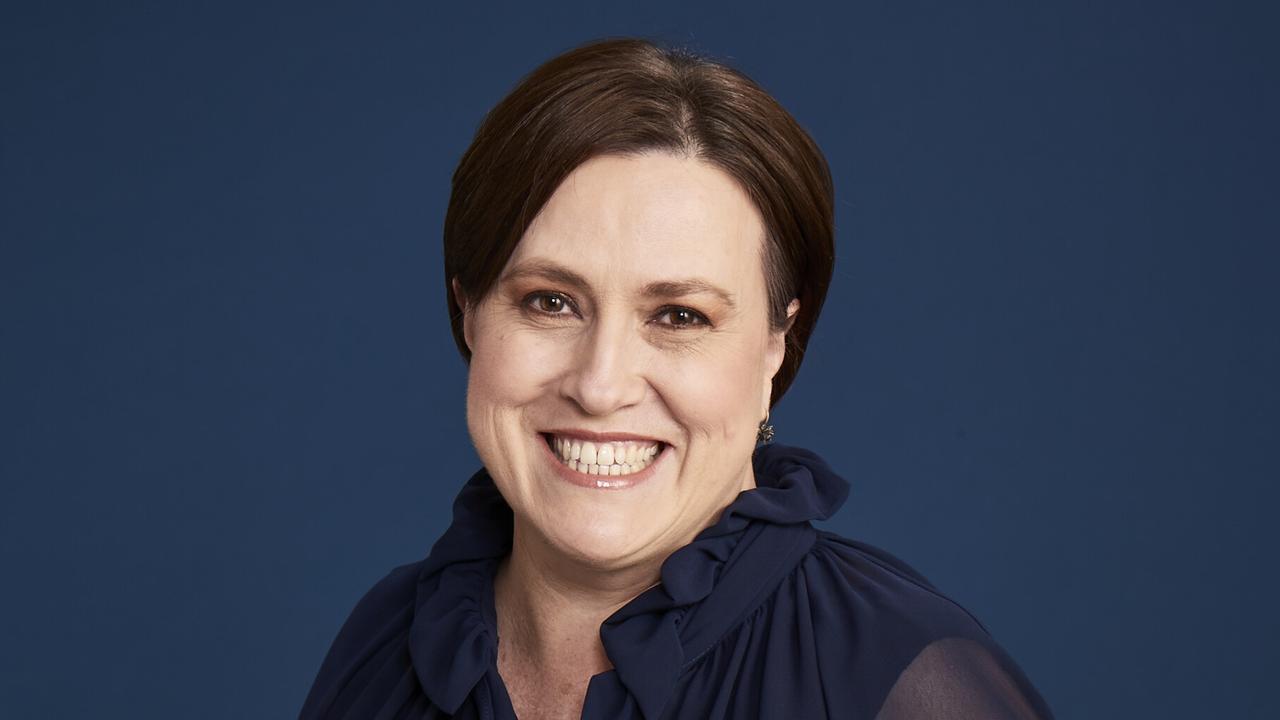Dow Jones CEO trumpets success of subscription-driven newspaper model
Will Lewis has issued a warning to free online news sites, noting users will opt for quality over “digital junk food.”

Dow Jones chief executive Will Lewis has sounded a bullish note for subscriber-driven newspapers, saying the publisher has unearthed a “model that works”, and also warned that free digital upstarts like BuzzFeed have reached a tipping point.
Mr Lewis, speaking at a conference for industry trade body NewsMediaWorks in Sydney, said: “Ultimately — engagement will trump the numbers currently causing the pain”.
Noting The Wall Street Journal has attained 948,000 digital-only subscribers out of a total Dow Jones subscriber base of over 2.5 million, Mr Lewis said “people will choose healthy eating over digital junk food”.
“Anyone who thinks that this is just blind optimism, well let me give you cause to think again,” said the former editor-in-chief of Telegraph Media Group, the British newspaper publisher. “There is a newspaper model that works. And we believe we have found it at Dow Jones — that’s why we have invested in it and that’s why we are beginning to reap the rewards.
“A model based on paid-for journalism delivered through digital memberships and a much-cherished print product. A multi-platform approach supported by smart advertising, not enfeebled by low-yield digital ads or ads that aren’t even viewable.”
Supported by events and data-driven information products, Mr Lewis said new sources of revenue “leverages our brand strength” to breathe “fresh life into high quality, paid-for journalism”.
“This diversity protects us from the vagaries of the ad market,” he said. “It strengthens our position when it comes to talking with the tech giants. And — crucially — it keeps us close to our customers … offering them a range of different ways to engage with us, both journalistically and commercially.”
Of the financial challenges faced by a crop of venture-capital backed digital firms, Mr Lewis noted that large free online audiences produce paltry returns, and cost more to assemble than can be made off them without the benefit of a steadily growing digital subscription business.
“They saw a gap that the established media left open up and dived into it … awash with venture capital funding and their blasted lists — you know the type of thing: ten great cats on skate board videos,” he said.
“But the gap that we left open up has now closed … and it’s starting to dawn on the Business Insiders of this world just what being truly multi-platform means. BuzzFeed, meanwhile, appears to be splitting in two. It wants to house all its lists and infotainment in one department … allowing BuzzFeed News to focus on becoming — and I quote … the number one global news brand for the new generation.”
A recent revenue-per-user analysis by The Australian revealed that Facebook and Google are the real winners in the race for cheap digital traffic as they aggregate eyeballs and news and entertainment information, squeezing the revenue and profit pool of content creators.
BuzzFeed, a site now synonymous with listicles about cats, missed its revenue targets for 2015 and early this year slashed its revenue forecasts for 2016.
“Well, good luck under that harsh spotlight, folks,” said Mr Lewis. “Because the evidence is clear — readers want to read, and advertisers want to be associated with, facts and stimulating opinion … not made up lists masquerading as journalism.”
It comes as The Guardian’s “open and free” model — eschewing any online paywall and instead relying on growth in traffic to gain advertising revenue — is shown to be fundamentally flawed.
Having criticised Rupert Murdoch’s paywall strategy six years ago, The Guardian is now experimenting with paid models as it bleeds cash and struggles to control costs.
“As for those who sniggered about paywalls, well a few of them are now blubbing into their organically brewed beer,” he said.
“In fact, some are even begging their readers to chuck a few pennies into the pint pot to keep things going. They once boasted of their global reach and bathed in a sense of their own worthiness — all catastrophically unprofitable and unsustainable.
“Complacently, they waited for the digital ad dollars to roll in. They didn’t. They are, I am afraid, guilty of a gross dereliction of duty when it comes to protecting the future of journalists and journalism.
“And that comment, ladies and gentlemen, really is for free. Journalistic freedom rather than journalism for free is what we should be about. For those that for some reason thought that eyeballs would make a business model, it is almost too late. Almost.
“You cannot wish yourselves into a profitable business model to pay for the journalism. You have to earn it through constant change and close attention to the customer.”
Dow Jones is owned by News Corp, publisher of The Australian.



